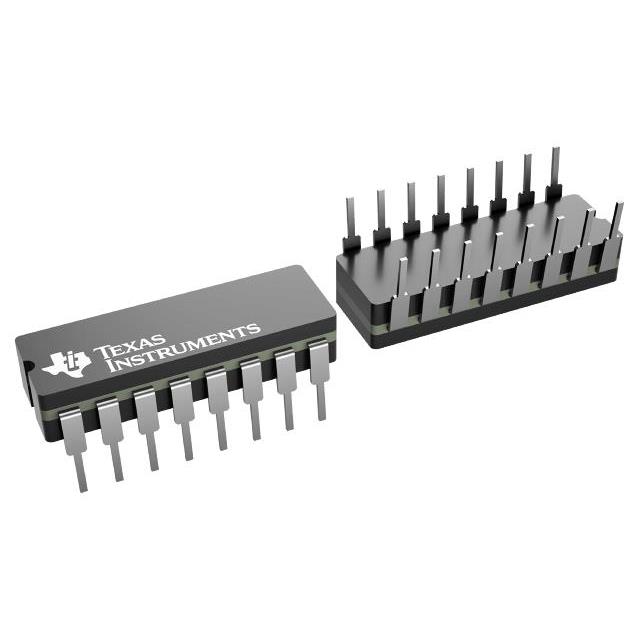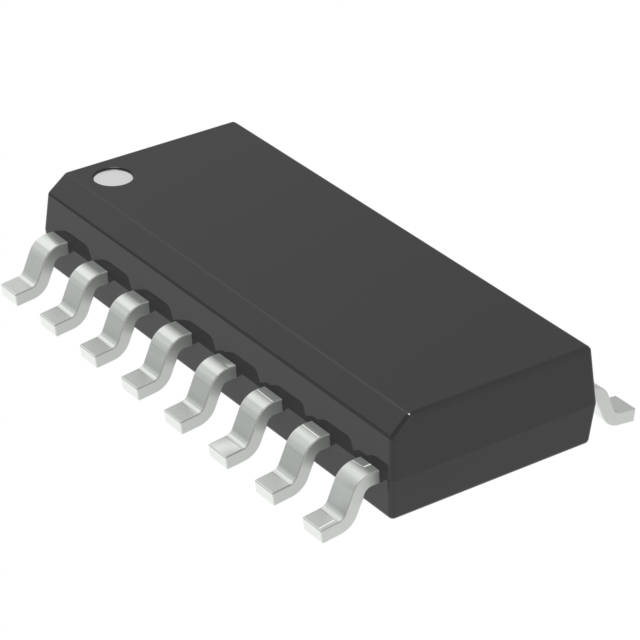

The Difference Between Linear and Tactile Switches
Catalog
Linear vs. Tactile Switches: A Quick ComparisonLinear Switches Are Smooth and ConsistentLinear Switches Are Smooth and ConsistentTactile Switches Offer Tangible FeedbackLinear vs. Tactile Switches: Common MisconceptionsHow to Choose Between Linear vs. Tactile SwitchesFrequently Asked QuestionsWhen it comes to mechanical keyboards, the type of switches you choose can really impact your performance. Gamers and typists often find themselves weighing the pros and cons of linear vs. tactile switches to figure out what works best for them. This guide is here to help clear things up!

Mechanical keyboard switches
Linear vs. Tactile Switches: A Quick Comparison
Check out the table below to see the main differences between linear and tactile switches. Keep scrolling for more details!

Linear vs. Tactile Switches
Cherry MX Red on the left, Cherry MX Brown on the right. Check out the table below to see the main differences between linear and tactile switches. For more info, just scroll down!
| Linear Switches | Tactile Switches | |
| Keystroke Feel | Smooth and consistent | Slight bump |
| Tactile Feedback | No | Yes |
| Sound | Noiseless | Quiet |
| Key Advantage | Speed | Accuracy |
| Best For (In General) | Gaming | Typing |
Linear Switches Are Smooth and Consistent

Linear Switches
Linear Switches Are Smooth and Consistent
Linear switches give you a super smooth, consistent feel with no bumps when you press down. A lot of folks think this makes them perfect for gaming since you don’t have that tactile feedback that could slow you down a bit. It’s just what people say, but high-end linear switches like Cherry MX Red and Cherry MX Speed Silver are often seen as the top choices for gaming and speed.
Unlike clicky switches, linear ones are really quiet, so they won’t bug your coworkers in shared spaces or mess up your video recordings or live streams. Just keep in mind, keycaps can still make some noise if you bottom them out.
If you’re used to clicky or tactile switches, getting used to the lack of feedback might take a bit. You might feel like your keystrokes aren’t registering, which could lead to some mistakes until you adapt.
Linear Switch Advantages:
- Smooth, soft-touch
- Consistent keystroke
- Noiseless
- Speed
- Generally considered best for gaming
Linear Switch Considerations:
- No tactile feedback
- Learning curve might reduce accuracy
Popular Linear Switches:
- Cherry MX Red
- Cherry MX Speed Silver
- Cherry MX Black
- Cherry MX Silent Red
- Cherry MX Low Profile Speed
- Gateron Red
- Gateron Yellow
- Gateron Ink Black
- Kailh Red
- Kailh Black
Tactile Switches Offer Tangible Feedback

Tactile Switches
When you press a tactile switch, you get that nice, satisfying bump halfway through the keystroke. That bump gives you instant, physical feedback, so you know your keystroke registered. Tactile switches, like the Cherry MX Brown, are often seen as great all-around switches, and a lot of people think that bump makes them perfect for typing.
Clicky switches could be considered a type of tactile switch since they also give feedback. But the difference is tactile switches are quiet, making them great for shared spaces or video recordings. On the other hand, clicky switches, like the Cherry MX Blue or Green, are built to make that audible “click,” which some people love but might annoy others. Tactile switches might even help reduce typos for people with twitchy fingers because they tell you exactly when a key is registered, though some feel the feedback can slow down their typing a bit.
Tactile Switch Advantages:
- Instant, physical feedback
- Satisfying bump
- Quiet
- Accuracy
- Often considered the best for typing and general use
Tactile Switch Considerations:
- The feel can be a little inconsistent through the keystroke
- May reduce typing speed
Popular Tactile Switches:
- Cherry MX Brown
- Cherry MX Clear
- Cherry MX Grey
- Das Keyboard Gamma Zulu Soft
- Gateron Brown
- Kailh Brown
- Kailh Speed Copper
- Boba U4
- Glorious Panda
- Durock T1
Linear vs. Tactile Switches: Common Misconceptions
There are a few misconceptions that come up when comparing tactile and linear switches.
Linear and Tactile Switches Have Different Resistance
Some articles say that tactile switches have more resistance than linear ones, which could slow down response times. But remember, “linear” and “tactile” refer to how they actuate, not their resistance ratings. For example, Cherry MX Browns are tactile with 55 cN resistance, while Cherry MX Blacks are linear with 60 cN resistance. So in this case, the linear switch has more resistance!
Linear switches usually have less resistance than tactile ones (like Cherry MX Reds and Speed Silvers at 45 cN), but that doesn’t apply to every model.
Travel Distance
Some folks also think linear switches have a shorter travel distance, making them faster and more responsive. That’s not always true! For instance, Cherry MX Browns have a 2.0 mm pre-travel and 4.0 mm total travel, which is the same as the Cherry MX Red and Black linear switches.
That said, some manufacturers do cut down travel distance to boost speed. For example, the Cherry MX Speed Silver has a 1.2 mm pre-travel and 3.4 mm total travel. But just looking at travel distance won’t tell you if a switch is linear or tactile.
Colors
Cherry MX switches are color-coded by type, and brands like Gateron and Kailh follow suit, making it easier for buyers. Here’s a quick rundown:
- Linear: Red, yellow, and black stems
- Tactile: Brown, grey, and clear stems
- Clicky: Blue and green stems
However, just because a switch is a certain color doesn’t mean it’s a linear switch. For example, Gateron Yellow is linear, but Glorious Panda is tactile, and both have yellow stems. Plus, there are switches with colors not in the Cherry MX lineup, like pink, orange, and white.
How to Choose Between Linear vs. Tactile Switches
Both linear and tactile switches have their own unique traits that can really boost your mechanical keyboard experience. While some people say linear switches are best for gaming and tactile ones are great for typing, there’s no clear winner. It really comes down to what you like!
If you want a smooth, consistent, and quiet keystroke with no bumps, linear switches might be your best bet. On the other hand, if you enjoy a satisfying, tangible feedback while keeping things quiet, then tactile switches are the way to go.
Make sure to do your research and steer clear of generalizations that might lead you to the wrong switches. If you can, try both types before you make a decision. Testing them out is the best way to figure out which switch you really prefer, and who knows, you might just discover a new favorite for typing or coding!
Frequently Asked Questions
Is tactile better than linear?
In the end, choosing between linear, tactile, or clicky switches really comes down to what you like. But if you're new to this, here's a quick tip: go for linear switches for gaming, tactile for work, and clicky for casual browsing and typing.
Is tactile the best switch?
Tactile switches are great because they balance the smoothness of linear switches and the clicky feedback, making them perfect for both typing and gaming, especially in quieter environments.
Why do people prefer linear switches?
Linear switches have a smooth actuation force throughout the keypress, giving you a predictable feel and quick responsiveness. This smooth action is why many gamers and typists love them for long typing sessions.
Can tactile switches be thocky?
Most importantly, these switches are known for that deep, rich 'thocky' sound that many tactile fans are after.
Why do gamers like clicky switches?
Gamers often choose clicky switches because they enjoy the tactile and audio feedback. It’s all about personal preference—there’s no performance difference!
If you want to learn more then you can check the JMChip website.
Subscribe to JMBom Electronics !













